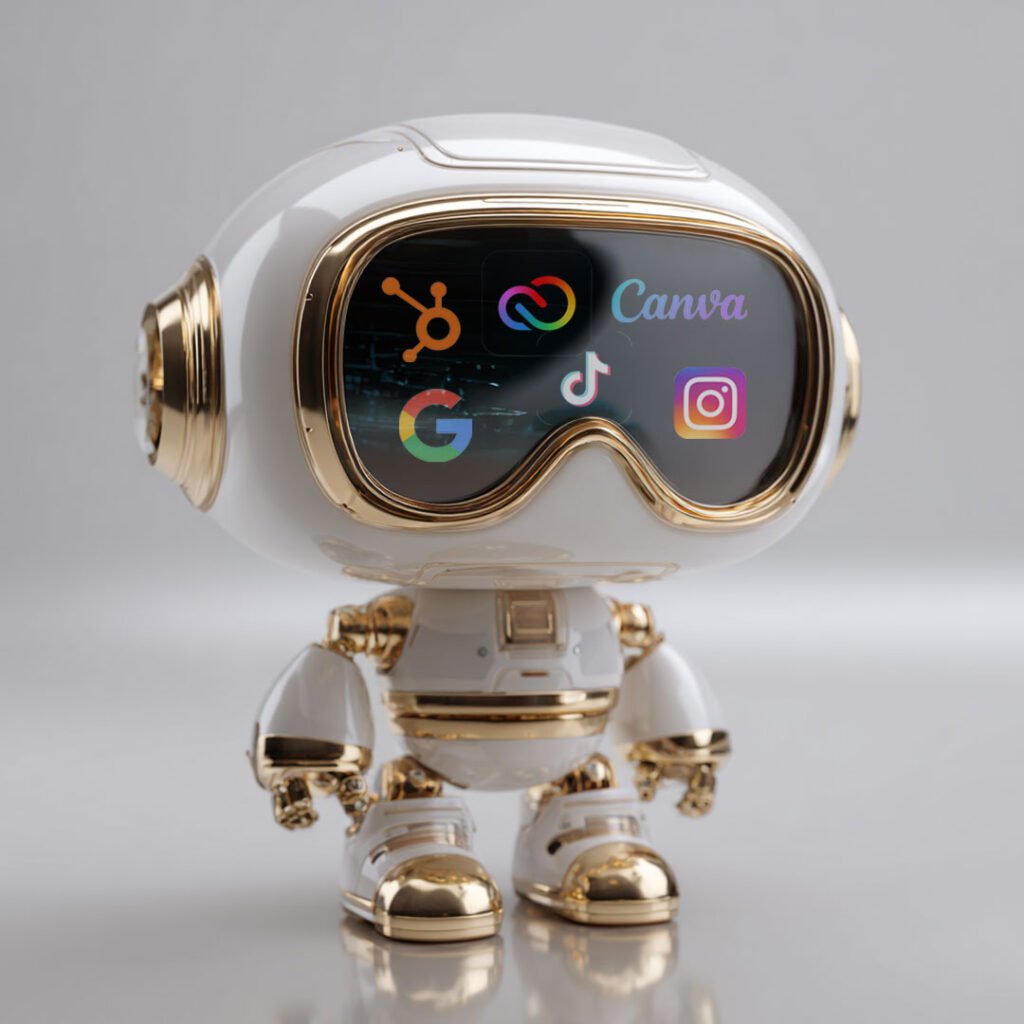The best brand experiences don’t live in silos.
They flow.
They follow your audience from scroll to sidewalk to store—and back again.
In 2025, the most successful experiential marketing campaigns aren’t just physical or digital. They’re phygital: designed to blur the boundaries and create moments that feel seamless, human, and emotionally connected.
Here’s how to design brand experiences that bridge the digital and physical worlds—and actually make people care.
1. Design for a Pre-Event Digital Warm-Up
Every great live experience starts before someone arrives.
Use digital lead-ins to:
- Build hype through teaser content or influencer previews
- Offer early access or RSVP-only moments
- Let users co-create (name a flavor, vote on an activation, etc.)
When the experience starts early, people show up more engaged—and more likely to share.
2. Use QR Codes With a Purpose
QR codes are everywhere. But without strategy, they’re just clutter.
Use them to:
- Deliver dynamic, geo-specific content (i.e., a menu that changes by city)
- Launch an AR or VR layer
- Let users save a digital memento from the experience
Great QR interactions feel like an extension of the moment, not a detour.
3. Create On-Site Content Loops
Make your activation worth capturing and worth sharing.
That means:
- Built-in photo/video ops that reflect brand values (not just logos)
- Design elements that prompt emotional responses (nostalgia, awe, humor)
- On-site editing or templated post flows so people don’t lose momentum
The best experiences turn attendees into storytellers.
4. Use Post-Event Sequences to Extend the Moment
The event is over. But the brand story isn’t.
Design for:
- Automated thank-yous with behind-the-scenes footage or bonus offers
- UGC compilations or recap content emailed directly
- Personalized follow-ups based on interactions or interests
This turns one event into a longer narrative arc—and keeps your brand top of mind.
5. Unify Data Streams (Without Killing the Vibe)
Digital x physical isn’t just about cool tech. It’s about connected intelligence.
Set up:
- In-store or on-site analytics that feed into CRM behavior
- Post-scan digital experiences that capture preferences or behaviors
- Consent-forward data opt-ins that offer real value in return
If the tech disappears into the experience and feeds smarter marketing, you’ve won.
Final Thoughts
Experiential marketing is no longer about choosing between screen or space.
It’s about creating fluid experiences that follow your audience across both.
When you design for digital and physical synergy, your brand doesn’t just show up.
It becomes part of how people live, connect, and remember.





